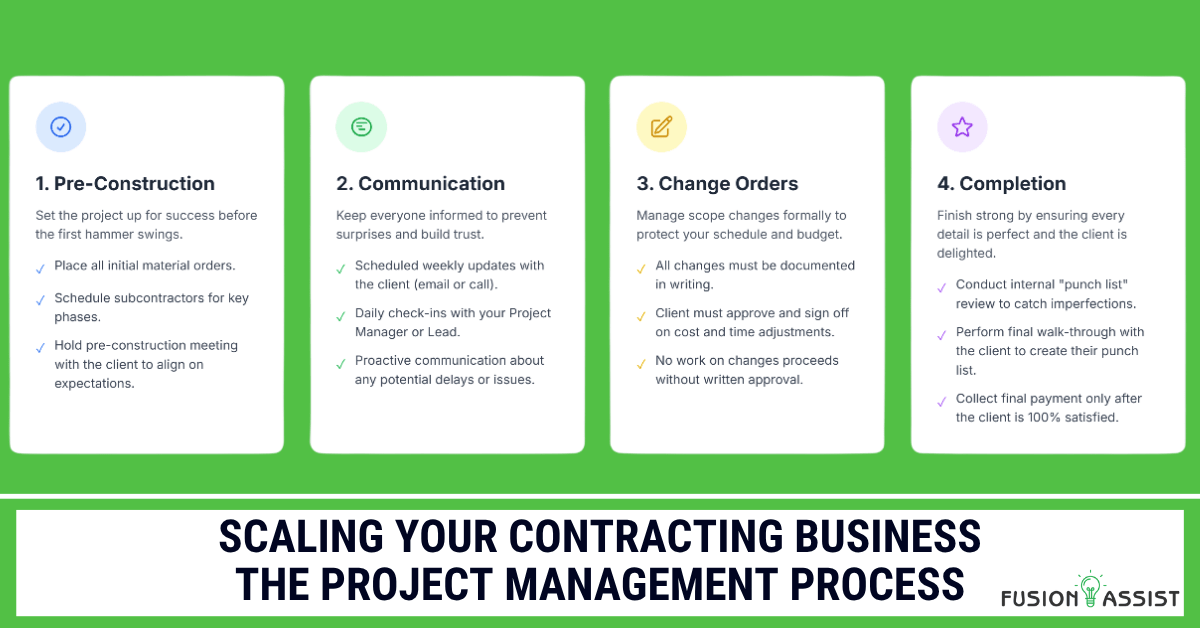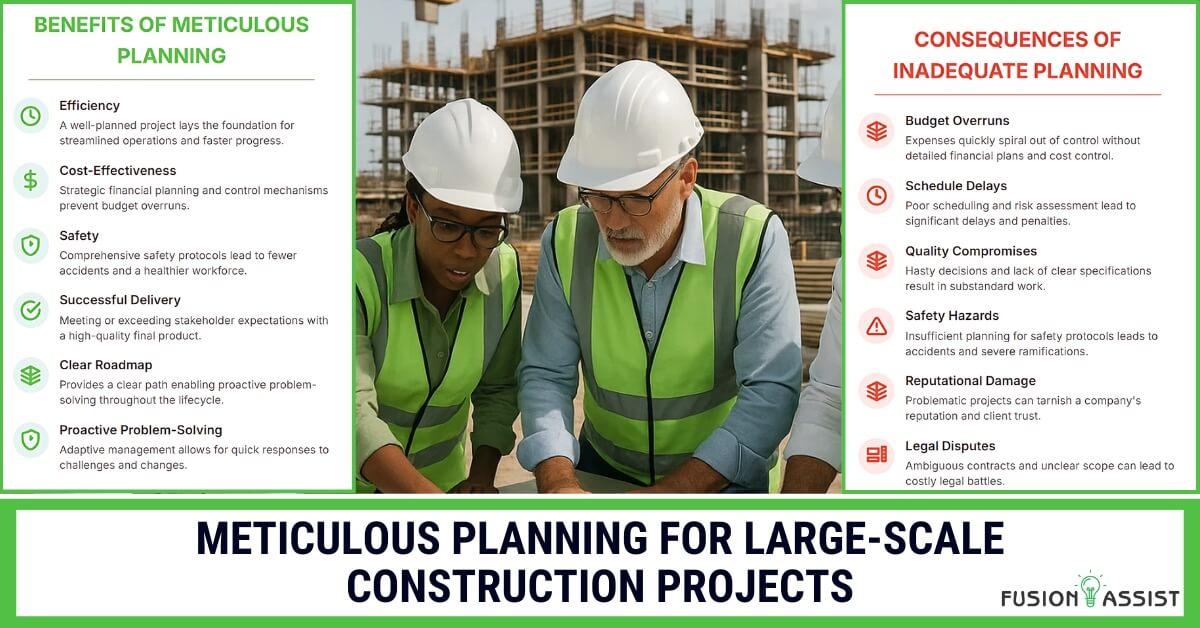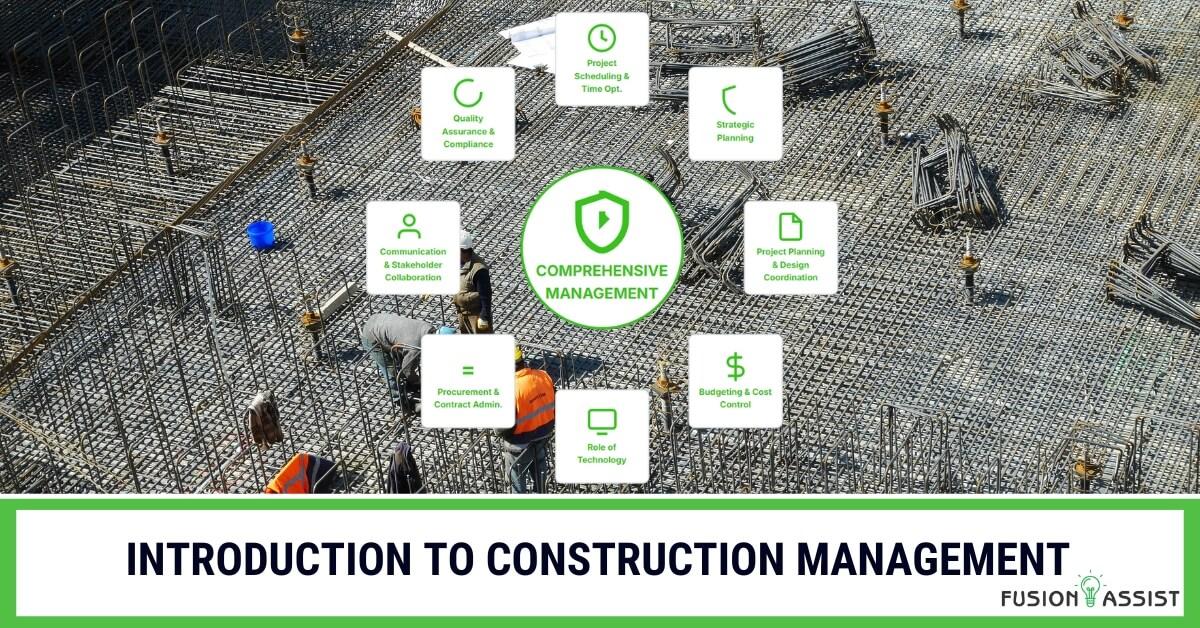Introduction
You have been collecting ideas on magazines and making Pinterest boards for months. You have an idea of your dream kitchen, your spa-like master bath or an entire home remodel that will truly make your place perfect. But between that dream and the reality there stretches the one biggest and most daunting question in home improvement: What is this really going to cost?
Home renovation cost tops the list of stress triggers among home owners and investors, rightly so. It is a complicated process that involves a lot of moving pieces and the final figure on a contractor bid does not always give the entire story. The actual cost of a renovation is much more than the cost of lumber and the workforce.
This guide is aimed at pushing aside the curtain of budgeting home renovation. We will give you a detailed outline that will enable you to approach your project planning with assurance. We will demystify the various categories of costs, investigate what projects will provide the best return on investment (ROI) and we will even show you how to read like a pro, the estimate provided by a contractor. This is your road map to reconciling the difference between what you want and what you have budgeted.
Beyond a Guess: The Components of Total Renovation Home Cost

An effective renovation budget is founded on the knowledge that there exist three different types of cost. A good contractor will assist you to plan how to have all of them.
Hard Costs (The Obvious Stuff)
This includes the physical cost of constructing the project in form of concrete costs. This is the main thing that is covered when you receive a bid form a contractor. Hard costs are:
- Materials: The concrete of the foundation and the framing lumber as well as the drywall, paint, flooring, cabinets and countertops.
- Labor: The pay of all the skilled pros that labor on your project- the carpenters, plumbers, electricians, tile setters, and painters. It is a considerable amount of the budget.
- Contractor’s Overhead and Profit: Your General Contractor is in business. Part of the cost of the project includes their business insurance, licenses, vehicle expense, and project management time (overhead), and a margin that will enable them to make a profit (profit). A contractor that has a good margin is a contractor that will be around long enough to honour your warranty.
Soft Costs (The Hidden Stuff)
This is the cost that is necessary to the project and which is not included in the physical construction. Most first-time homeowner budgets forget about them and they can cause some big financial shocks.
- Architectural & Design Fees: When you are altering the layout of your home, adding on to your home or desire a professional designed space then you will need to hire an architect or interior designer. They may charge anything between 5 to 20 percent of the entire construction cost.
- Permit Fees: Just about any major renovation work you do needs permits with your local building department. This makes the work compliant and safe. Depending on the project size, these charges may be a couple of hundreds or thousands of dollars.
- Engineering Reports: If your project requires the removal of any walls or any changes to the structure of your home, you might require the services of a structural engineer to carry out an analysis of your project and prepare plans, another soft cost.
- Surveys and Site Analysis: You might require a property survey, especially when the addition is big or when the work is on the exterior of the house.
The Contingency Fund: Your #1 Budgeting Tool
It is perhaps the most critical line entry in your whole budget. The contingency fund is not a slush fund; it is a sacrosanct muster of your budgetary resources that is earmarked and unavailable to meet any unexpected issues. You will have surprises during a renovation. It may happen that a plumber opens a wall and sees that old and corroded pipes are installed and they should be replaced. A contractor may lift flooring and find a rotten subfloor.
A renovation project requires you to have a contingency fund amounting to 15-20 percent of your total hard and soft costs. With a budgeted renovation price of 100,000 dollars, you require a contingency fund of 15000 to 20000 dollars. And when you do not need it, what a great bonus. However, when you do need it (and you most likely will), it is better to have it planned, as financial panic can be avoided, and the project will not be put on hold.
Renovation ROI: Which Projects Add the Most Value?

When you are spending several thousand dollars on your house, it is prudent to think about your return on investment (ROI)- how much of the expense of the undertaking you are likely to recover in increased home value in the event that you sold. You should always renovate to enjoy yourself first but knowing the ROI can assist you in prioritizing your money.
High-Impact Projects with Strong ROI
Projects that enhance the functionality and curb appeal of a home have the best financial payoff, according to source after source of data, such as the Cost vs. Value Report issued by Remodeling Magazine year after year.
- Kitchen Renovations: A kitchen is the centre of the house and a buyer considers a modern and functional kitchen to be one of the most important features over almost anything. An average kitchen renovation tends to recover 50-70 percent of its expense. For a complete financial breakdown, explore our Guide to Kitchen Renovation Costs.
- Bathroom Renovations: Updated baths are another significant point of sale. Average bathroom remodel has an ROI of 60-70 percent. The costs can vary dramatically, as we detail in our 2025 Bathroom Renovation Cost
- Exterior Improvements: The projects with the highest returns include those that enhance curb appeal. This comprises of new siding, new roof and most importantly a new garage door or front door which at times more than recoups its cost.
Lifestyle Projects with Lower Tangible ROI
There are projects that bring a tremendous value to your life quality, which might be associated with the lesser direct financial ROI. That does not imply that you should not do them, it only implies that you should enter into them with your eyes wide open and with your own enjoyment as a priority.
- Basement Finishes: A basement can be finished to provide the greatest deal of living space at the cheapest cost, however because it is below grade it may be considered at a lower price per square foot than above grade space.
- Luxury Additions: A luxury master suite addition is a beautiful amenity, but it is also a tremendously costly one, and you will hardly recover your outlay at resale unless you are in an extremely high-end market.
How to Read a Contractor’s Estimate (And Spot Red Flags)
You have researched and asked three contractors to bid on your project. Their offers come but all at different prices. What is your comparison between them? It is simply to examine beyond the bottom line and scrutinize the quality and depth of the estimate itself. Understanding what goes into each quote is essential to compare true renovation home cost.
Line Items vs. Lump Sum: Why Detail Matters
A professional contractor will give you a line-item estimate showing a break down of the estimate into costs of materials, labor, and various stages of the project. An unprofessional contractor would give a general one-page lump sum proposal that is very broad.
Always favor the detailed bid. The contractor that gives a line-item estimate is presenting you with their work. They are showing that they have considered all the actions of your project and are acting openly. This comprehensive bid then forms the basis of your contract and can serve to avoid arguments over what was/was not included.
Red Flags to Watch For
- An Extremely Low Bid: When a single bid is significantly low as compared to others, that is a huge warning sign. It may imply that the contractor has overlooked something major in the scope, employs uninsured workers or intends to work with substandard materials.
- Large Upfront Deposits: It is normal to have a reasonable deposit to order materials (usually 10-30 percent). A contractor who requires 50 percent or more before work has begun is a risk.
- Vague Scope of Work: The proposal must outlay what the contractor will do. When it is ambiguous, it is a prescription to future disputes.
- High-Pressure Tactics: When a professional contractor is involved, he/she will allow you a decent time to go over their proposal. Anyone who is pressuring you to sign today, before the price increases should be avoided.
Why Your Contractor Uses Fusion Assist (A Mark of Professionalism)
It is a very good sign when a contractor provides you with a multi-page estimate that is very detailed and professional. It demonstrates accuracy and transparency. It can also in most instances imply that your contractor is using an expert service such as Fusion Assist under the hood.
Here is how you should think of it: you want your contractor to be a master of organizing the work site, trading, and quality workmanship. Some of the finest hands-on contractors enlist the help of services such as Fusion Assist to do the time-consuming office stuff of making flawless estimates. When your contractor resorts to the services of professional estimating, it implies:
- They Value Accuracy: They are not “guesstimating.” They are putting money into an accurate takeoff so that your project will be priced right the first time.
- They Are Efficient: They are working with up to date tools which help them save time on paper work so they can give more time to your actual project.
- They Are Professional: They know that a good project begins with a good proposal.
When you get a detailed bid it is the sign of a contractor that has a serious well-organized business and that is the type of person you want to give the key to your home.
Conclusion: Your Blueprint for a Successful Renovation
A home renovation is a big project, and it does not need to be a stressful one. You can take charge by knowing the real costs: hard, soft, and contingency costs; and by selecting the projects that meet your financial and life style objectives. By understanding the three tiers of renovation home cost prioritizing projects with strong ROI, and working with contractors who provide clear, itemized estimates, you gain control over one of the most complex and rewarding investments in your life. A homeowner who has knowledge is a powerful homeowner.Now you understand how to make a realistic budget, how to find the professional of the right kind and how to read his or her proposal with confidence.
Ready to take the next step? Share this guide with your contractor to start a conversation about your budget, or if you’re a contractor, show your clients you mean business with an estimate from Fusion Assist.
Frequently Asked Questions for Homeowner
What should I do to locate a good contractor?
Begin by soliciting the referrals of friends, relatives and neighbors. Seek professionals who have good reputation in your area. Always verify their license and insurance, examine their portfolio of previous work and contact at least three of their recent references.
Do I undertake the project on my own to save on costs?
It is not advisable that you be your own General Contractor unless you are very experienced in construction management. A good GC will already have relationships with trusted subcontractors (plumbers, electricians, etc.), will tackle the tricky aspect of scheduling and obtaining permits, and will be adept at working out the issues that always come up on a job site. Their management charge is usually more than justified in time, money and stress savings.
What is the duration of a renovation?
The schedule will be strictly based on the scope of the project. A powder room makeover could be completed in a week whereas a big kitchen renovation could be 6-10 weeks. It may take 6 months or more to do a whole-home renovation or a large addition. You contractor must be able to give you a comprehensive project schedule as a part of your contract.
What is a change order?
A change order is a document, written in details, of any variation to the initial scope of work as stated in your contract. It may be either your fault (e.g. you change your mind and decide you want heated floors) or the fault of the contractor (e.g. they uncover an issue that needs to be addressed). The change order will detail the new work and the price attached to it, and such a change order has to be signed by you and the contractor prior to you starting that new work.
What is the best way to prepare my house in order to have a renovation?
The important thing is communication with your contractor. Get to know what areas in the house will be restricted. Prior to the commencement date, clear the construction area and the access routes to it of all personal effects, photos and other breakable items. When it is a major renovation, you might have to consider making alternative living arrangements during part of the project.






















